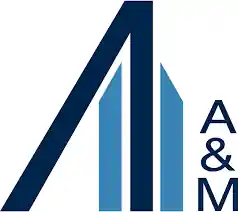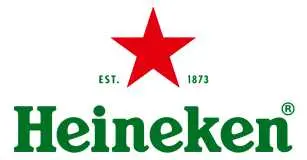
Middle East and Africa Men’s Grooming Products Market Trends, Share, Demand and Future Outlook
Middle East and Africa Men’s Grooming Products Market Growth, Size, Trends Analysis- By Product Type, By Distribution Channel- Regional Outlook, Competitive Strategies and Segment Forecast to 2033
| Published: Nov-2024 | Report ID: FMCG24210 | Pages: 1 - 157 | Formats*: |
| Category : Consumer & Retail | |||
- January 2022: Bandido Cosmetics has launched in the UAE, offering luxury hair and beard care, styling products, and grooming needs.
- June 2021: Molton Brown developed four sustainable shampoo and conditioner collections (Balance, Volumise, Hydrate, and Repair) with nettle, chamomile, fennel, and coriander that are free of parabens, phthalates, and sulfates.
- May 2021: Aussie debuted PETA-certified, cruelty-free shampoos in Dubai that address a variety of hair needs, including repair, moisturizing, colour care, and more.


| Report Metric | Details |
| Market size available for years | 2020-2033 |
| Base year considered | 2023 |
| Forecast period | 2024-2033 |
| Segments covered | By Product Type, By Distribution Channel |
| Regions covered | United Arab Emirates, Saudi Arabia, South Africa, Nigeria, Rest of Middle east and Africa |
| Companies Covered | L’oreal SA, Revlon Inc, Proctor and Gamble, Unilever Plc, Beiersdorf AG, Edgewell Personal Care Company, BIC Group, Johnson & Johnson, Estee Lauder Companies Inc. |
- Urban Professionals
- Young Adults and Millennials
- Affluent Consumers
- Religious and Traditional Consumers
- Fitness Enthusiasts
- Teenagers and College Students
- Men with Beards
- Travelers and Frequent Flyers
- Environmentally Conscious Consumers
| By Product Type: | |
| By Distribution Channel: | |
| By Region: |
- Middle East and Africa Men’s Grooming Products Market Size (FY’2024-FY’2033)
- Overview of Middle East and Africa Men’s Grooming Products Market
- Segmentation of Middle East and Africa Men’s Grooming Products Market by Product Type (Skin Care Products, Hair Care Products, Shaving Products)
- Segmentation of Middle East and Africa Men’s Grooming Products Market by Distribution Channel (Supermarkets/Hypermarkets, Speciality Stores, Convenience Stores, Online Retail; Stores, Other Distribution Channels)
- Statistical Snap of Middle East and Africa Men’s Grooming Products Market
- Expansion Analysis of Middle East and Africa Men’s Grooming Products Market
- Problems and Obstacles in Middle East and Africa Men’s Grooming Products Market
- Competitive Landscape Middle East and Africa Men’s Grooming Products Market
- Impact of COVID-19 and Demonetization Middle East and Africa Men’s Grooming Products Market
- Details on Current Investment in Middle East and Africa Men’s Grooming Products Market
- Competitive Analysis Middle East and Africa Men’s Grooming Products Market
- Prominent Players in the Middle East and Africa Men’s Grooming Products Market
- SWOT Analysis Middle East and Africa Men’s Grooming Products Market
- Middle East and Africa Men’s Grooming Products Market Future Outlook and Projections (FY’2024-FY’2033)
- Recommendations from Analyst
1.1. Scope of the report1.2. Market segment analysis
2.1. Research data source
2.1.1. Secondary Data2.1.2. Primary Data2.1.3. SPER’s internal database2.1.4. Premium insight from KOL’s
2.2. Market size estimation
2.2.1. Top-down and Bottom-up approach
2.3. Data triangulation
4.1. Driver, Restraint, Opportunity and Challenges analysis
4.1.1. Drivers4.1.2. Restraints4.1.3. Opportunities4.1.4. Challenges
4.2. COVID-19 Impacts of the Middle East and Africa Men’s Grooming Products Market
5.1. SWOT Analysis
5.1.1. Strengths5.1.2. Weaknesses5.1.3. Opportunities5.1.4. Threats
5.2. PESTEL Analysis
5.2.1. Political Landscape5.2.2. Economic Landscape5.2.3. Social Landscape5.2.4. Technological Landscape5.2.5. Environmental Landscape5.2.6. Legal Landscape
5.3. PORTER’s Five Forces
5.3.1. Bargaining power of suppliers5.3.2. Bargaining power of buyers5.3.3. Threat of Substitute5.3.4. Threat of new entrant5.3.5. Competitive rivalry
5.4. Heat Map Analysis
6.1. Middle East and Africa Men’s Grooming Products Market Manufacturing Base Distribution, Sales Area, Product Type6.2. Mergers & Acquisitions, Partnerships, Product Launch, and Collaboration in Middle East and Africa Men’s Grooming Products Market
7.1. Middle East and Africa Men’s Grooming Products Market Size, Share and Forecast, By Product Type, 2020-20267.2. Middle East and Africa Men’s Grooming Products Market, Share and Forecast, By Product Type, 2027-20337.3. Skin Care Products7.4. Hair Care Products7.5. Shaving Products
8.1. Middle East and Africa Men’s Grooming Products Market Size, Share and Forecast, By Distribution Channel, 2020-20268.2. Middle East and Africa Men’s Grooming Products Market Size, Share and Forecast, By Distribution Channel, 2027-20338.3. Supermarkets/Hypermarkets8.4. Speciality Stores8.5. Convenience Stores8.6. Online Retail Stores8.7. Other Distribution Channels
9.1. Middle East and Africa Men’s Grooming Products Market Forecast Size and Market Share
10.1. Middle East and Africa Men’s Grooming Products Market Forecast Size and Market Share By Region (2020-2026)10.2. Middle East and Africa Men’s Grooming Products Market Forecast Size and Market Share By Region (2027-2033)10.3. Middle East and Africa
10.3.1. United Arab Emirates10.3.2. Saudi Arabia10.3.3. South Africa10.3.4. Nigeria10.3.5. Rest of Middle East and Africa
11.1. L’OREAL SA
11.1.1. Company details11.1.2. Financial outlook11.1.3. Product summary11.1.4. Recent developments
11.2. REVLON INC
11.2.1. Company details11.2.2. Financial outlook11.2.3. Product summary11.2.4. Recent developments
11.3. PROCTER AND GAMBLE
11.3.1. Company details11.3.2. Financial outlook11.3.3. Product summary11.3.4. Recent developments
11.4. UNILEVER PLC
11.4.1. Company details11.4.2. Financial outlook11.4.3. Product summary11.4.4. Recent developments
11.5. BEIERSDORF AG
11.5.1. Company details11.5.2. Financial outlook11.5.3. Product summary11.5.4. Recent developments
11.6. EDGEWELL PERSONAL CARE COMPANY
11.6.1. Company details11.6.2. Financial outlook11.6.3. Product summary11.6.4. Recent developments
11.7. BIC GROUP
11.7.1. Company details11.7.2. Financial outlook11.7.3. Product summary11.7.4. Recent developments
11.8. JOHNSON & JOHNSON
11.8.1. Company details11.8.2. Financial outlook11.8.3. Product summary11.8.4. Recent developments
11.9. ESTEE LAUDER COMPANIES INC
11.9.1. Company details
11.9.2. Financial outlook11.9.3. Product summary11.9.4. Recent developments
11.10. Others
SPER Market Research’s methodology uses great emphasis on primary research to ensure that the market intelligence insights are up to date, reliable and accurate. Primary interviews are done with players involved in each phase of a supply chain to analyze the market forecasting. The secondary research method is used to help you fully understand how the future markets and the spending patterns look likes.
The report is based on in-depth qualitative and quantitative analysis of the Product Market. The quantitative analysis involves the application of various projection and sampling techniques. The qualitative analysis involves primary interviews, surveys, and vendor briefings. The data gathered as a result of these processes are validated through experts opinion. Our research methodology entails an ideal mixture of primary and secondary initiatives.



Frequently Asked Questions About This Report
PLACE AN ORDER
Year End Discount
Sample Report
Pre-Purchase Inquiry
NEED CUSTOMIZATION?
Request CustomizationCALL OR EMAIL US
100% Secure Payment


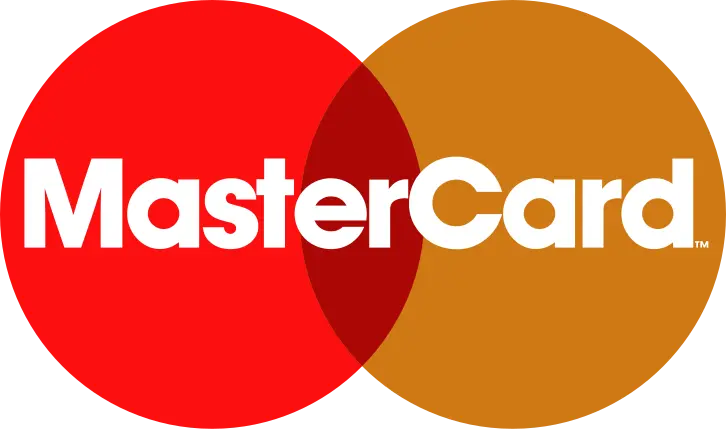
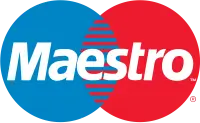

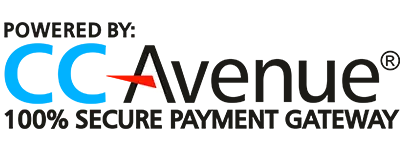
Related Reports
Our Global Clients
Our data-driven insights have influenced the strategy of 200+ reputed companies across the globe.




















